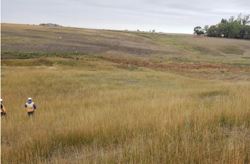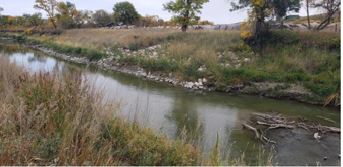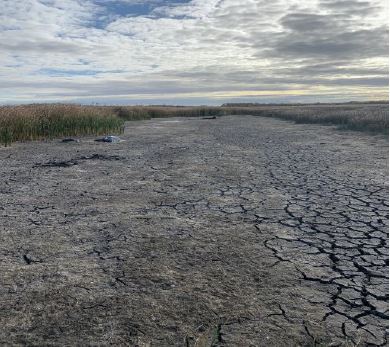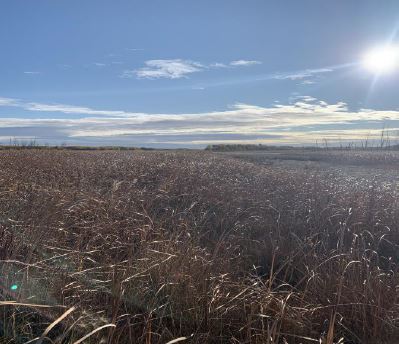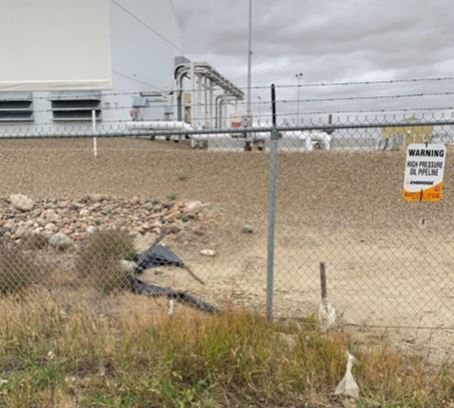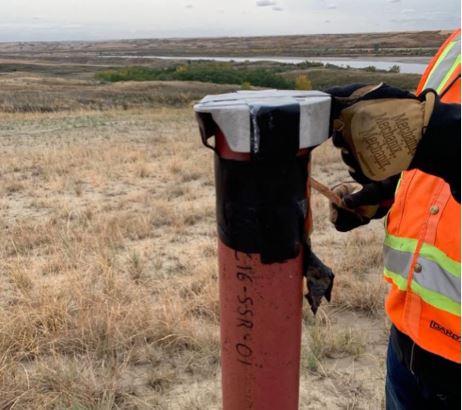As part of the work of the Indigenous Advisory and Monitoring Committee (IAMC), the Committee supports First Nations and Metis Nation Monitors to work side-by-side with Canada Energy Regulator (CER) Inspection Officers during inspection activities and enables Indigenous Nations to participate in the oversight of Line 3.
This Indigenous Monitoring Program, established by the IAMC in 2018, hired and trained Indigenous monitors to ensure they were were equipped with the knowledge and tools required to contribute to effective monitoring and oversight. They also conducted Indigenous knowledge workshops with elders from across the Prairies.
This not only results in capacity building in Indigenous Nations to participate in environmental and safety monitoring, but also allows the Canada Energy Regulator to achieve a better understanding of Indigenous knowledge and perspectives and incorporate it into the monitoring of energy infrastructure.
Continuing with their oversight activities in 2020, two week-long field inspections were carried out in Manitoba and Saskatchewan, covering around 88% of the pipeline.
Indigenous monitors, alongside CER inspectors, travelled to the individual spreads surveying the growth of crops on reclaimed areas. They also assessed conditions surrounding wetlands and vegetation regrowth and monitored soil erosion.
Indigenous monitors also visited pumping stations located in the spreads to review conditions around their perimeter, the general maintenance, and activities at the stations. Most stations maintained good working conditions and only small concerns regarding litter and signage were noted. There was one notice of non-compliance (requiring follow-up by monitors to ensure concerns have been resolved) for Loreburn Station in Saskatchewan due to longer-standing maintenance concerns.
Overall, Monitor’s findings concluded that there were no serious issues of concern. Of the items noted, they primarily revolve around touching up erosion control and occasional vegetation regrowth. One exception was found in which significant issues with a station were identified and monitors are actively following up to resolve concerns (Image 3). It was noted that continued monitoring is required to ensure these remain on track.
IAMC Monitors also attended the first of a three-part Emergency Response Exercise conducted by Enbridge. The objective of this emergency response table-top exercise was to give participants an overview of internal communication structures and processes in place during emergency situations.
If you are interested in getting more details of this year’s and previous inspections, find links to the previous daily reports filed by the IAMC Indigenous Monitors here.


